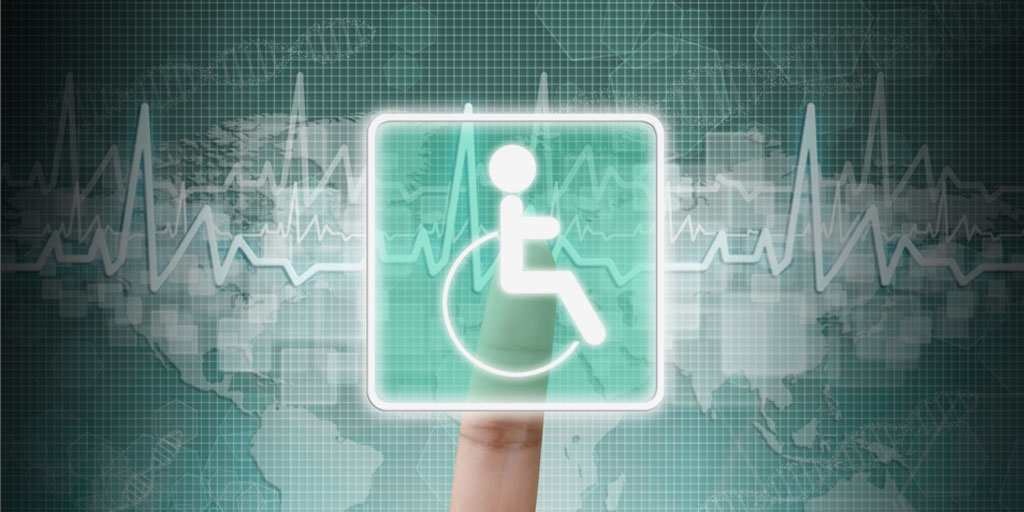
For most people a Customer Experience means receiving a drink when you walk into a store or purchasing from a website that offers free shipping with no minimum spend required. As consumers, we’ve begun to note these “experiences” as normal in this day and age of brands vying for our loyalty. What companies are beginning to realize though, are that these types of moments are only experiential for certain consumers and often leave those with disabilities left unattended to. Well now, some of our favorite brands and household names are taking the word “experience” to a much deeper level, one that changes lives.
Creating a truly experiential moment.
Dimitri Hadjichristou, an independent product designer, created a tabletop device that turns music into a visual and tactile event for hearing-impaired children. The project was initially about exploring alternative ways in which we can experience music. However, during his research he learned that no two hearing-impaired individuals perceive sound the same way.
Accordingly, the groundbreaking technology called Vi was formed. Since it came to fruition, it garnered much attention among hearing-impaired children.
With Vi, Hadjichristou set himself apart from other brands and companies that have been unable to deliver such life-altering Customer Experiences by giving a specific demographic of consumers a first chance to experience music.
The Look at Me Project
The Look at Me app, developed by Samsung, aims to improve an autistic child’s ability to make eye contact, which is something that autistic children struggle with greatly. The app keeps children motivated and highly concentrated by using the camera function of digital devices that often appeal to children’s interests, along with incentives requiring interaction with parents to keep them engaged.
The Look at Me app not only delivers milestone moments to families, but it also delivers a phenomenal Customer Experience for both the children and parents and or caregivers.
Halo
Starkey Hearing Technologies produced a hearing aid that connects with smart phones and tablets using an application called TruLink Hearing Control. The hearing aid with this capability is called Halo and is meant for people with mild to severe hearing loss.
TruLink allows users to control their hearing aids with their smart phone or tablet device. They can adjust the direction of the sound they need to hear, turn the volume up or down, take phone calls, listen to music and hear life to the fullest.
Tongue Magnet
Atlanta’s very own Maysam Ghovanloo, an associate professor of electronic design and applications and bioengineering at the Georgia Institute of Technology, is enabling people with high-level spinal cord injuries to control their computers, wheelchairs and phones with their tongues.
Ghovanloo found that people with spinal cord injuries are able to use their tongues, a body part that does not tire easily. Using a magnet that is placed on the tongue with a piercing or glued temporarily, users move their tongues in certain ways or to different parts of their mouths to complete a simple task, such as “move the computer mouse to the right” or “drive my wheelchair forward.”
Even as wearable technology for those with disabilities is on the rise, wearables for safety are increasing in the marketplace as well.
Kingii
Developed by Tom Agapiades after a personal loss, the Kingjii is a fairly new gadget that will rocket a struggling swimmer above water, courtesy of a CO2-filled balloon. It weighs 4.9 ounces, that is equivalent to a smartphone or a deck of cards, and is strong enough to pull a 275 pound person to safety. The CO2 canisters that inflate the balloon are also refillable, making the Kingii reusable.
The application for kids seems the most obvious, but even experienced swimmers and surfers can get knocked around by the waves and it’s often confusing to know which way is up when you’re underwater.
While these companies are the beginning of a massive shift toward the betterment of society, not all brands have to be, should be or can be this connected to the consumer. However, brands have to find ways to be more relevant, and the best way to be relevant is by adding considerable value to the lives of customers.
It’s inspiring to see such initiative being taken by these brands to use the technology they have made so readily available to the masses, and find ways to make it beneficial to others who may not be able to fully utilize a cell phone or a tablet due to a disability.